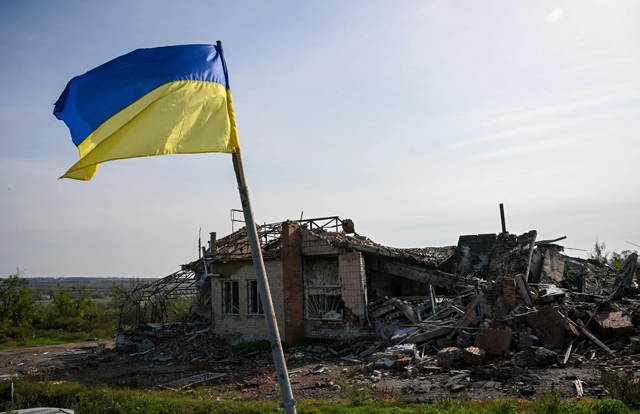You are here
Pentagon confirms ‘low-yield’ nuclear weapon on submarine
By AFP - Feb 04,2020 - Last updated at Feb 04,2020

Ohio-class ballistic-missile submarine USS Tennessee (SSBN-734) gold crew returns to its homeport at Naval Submarine Base Kings Bay, Georgia, following a strategic deterrence patrol on January 11 (US Navy Photo)
WASHINGTON — The US Defence Department announced on Tuesday that it has deployed a submarine carrying a new long-range missile with a relatively small nuclear warhead, saying it is in response to Russian tests of similar weapons.
The deployment of the W76-2 low-yield warhead is "to address the conclusion that potential adversaries, like Russia, believe that employment of low-yield nuclear weapons will give them an advantage over the United States and its allies and partners," Undersecretary of Defence John Rood said in a statement.
The warheads have sparked concern that they would be more likely to be used because they cause less damage, thereby lowering the threshold of nuclear conflict.
The W76-2 has an estimated explosive yield of 5 kilotonnes, compared to the 455 kilotonne and 90 kilotonne yields of nuclear warheads already deployed on US submarines, according to William Arkin and Hans Kristensen, writing on the Federation of American Scientists website.
They said the new small warheads have been deployed on the USS Tennessee submarine, patrolling in the Atlantic Ocean.
The Pentagon indicated that it would deploy a small nuclear weapon in its 2018 Nuclear Posture Review.
The new weapons "strengthens deterrence and provides the United States a prompt, more survivable low-yield strategic weapon", Rood said.
It also "demonstrates to potential adversaries that there is no advantage to limited nuclear employment because the United States can credibly and decisively respond to any threat scenario".
But critics say that, after decades in which the sheer size of nuclear weapons had been seen as a deterrence to their use, a small nuclear warhead could increase that possibility.
"While some argue that this warhead is a response to Russia's so-called 'escalate to de-escalate' strategy that will strengthen deterrence and raise the nuclear threshold, others contend that it will lower the threshold for US use and increase the risk of nuclear war," the Congressional Research service said in a report last month.
Related Articles
DUBAI — Iran accused the United States on Sunday of threatening Russia with new atomic weapons after Washington published a document outlini
KYIV — Ukraine said on Saturday its forces were entering the key eastern town of Lyman, located in one of the four Ukrainian regions that Ru
SEOUL — North Korean leader Kim Jong-un said his country has successfully miniaturised a thermo-nuclear warhead, as Pyongyang on Wednesday c


















